Osgood Perkins | 1hr 41min

For a few eerie minutes in the prologue of Longlegs, Nicolas Cage’s grotesque visage only manifests through a handful of discomforting clues – strange cuckoo noises, a thin, reedy voice, and the bottom half of a partially-concealed face. When he suddenly descends into the frame, we cut away so quickly that we barely register his features, and yet a deep, discomforting terror lingers in its wake. The face of Satanic evil is not easily forgotten, leaving its psychological imprint on both us and the doggedly persistent Detective Lee Harker long after it has faded from view.
The mystery of Cage’s disturbing prosthetic transformation has been so strong in the leadup to Longlegs that it has taken a life of its own online, driving a guerilla marketing campaign inspired by the tactical success of The Blair Witch Project. The creative decision to keep him largely offscreen for roughly half the movie also abides by the found-footage film’s playbook, recognising that implicit horror is far scarier than explicit. As a crime procedural unravelling the mystery of an infamous serial killer though, the influence of David Fincher is far more present, methodically tracing Lee’s investigation on a granular level as she pieces together the patterns of Longlegs’ murders.
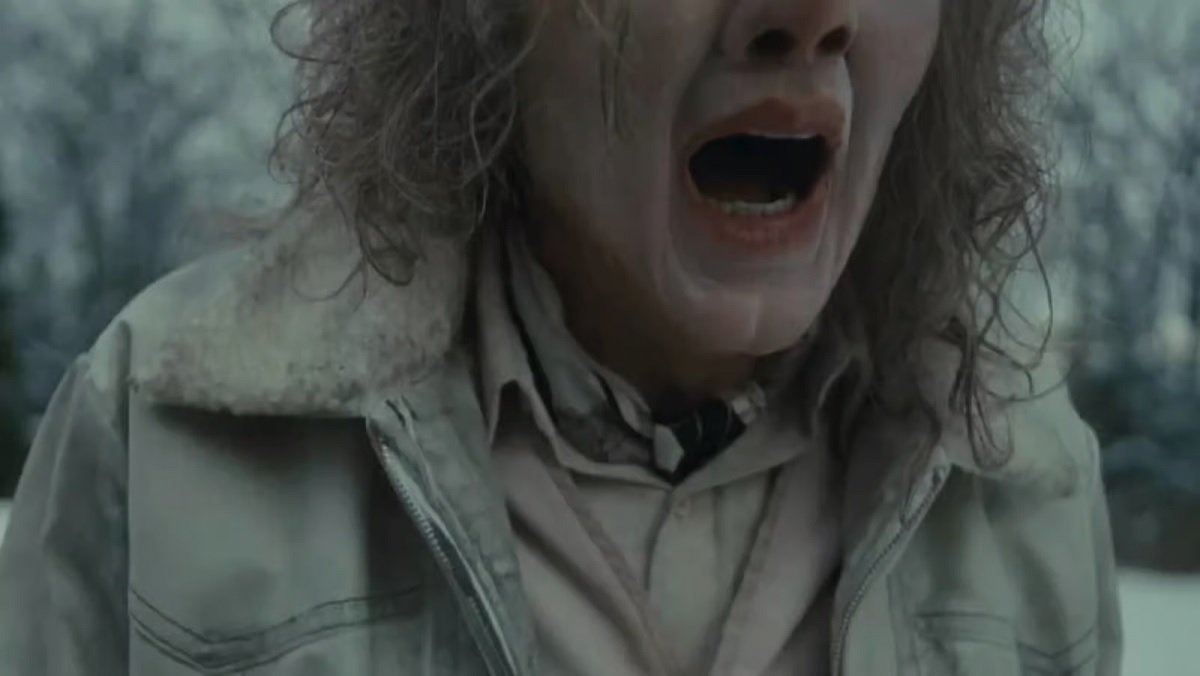
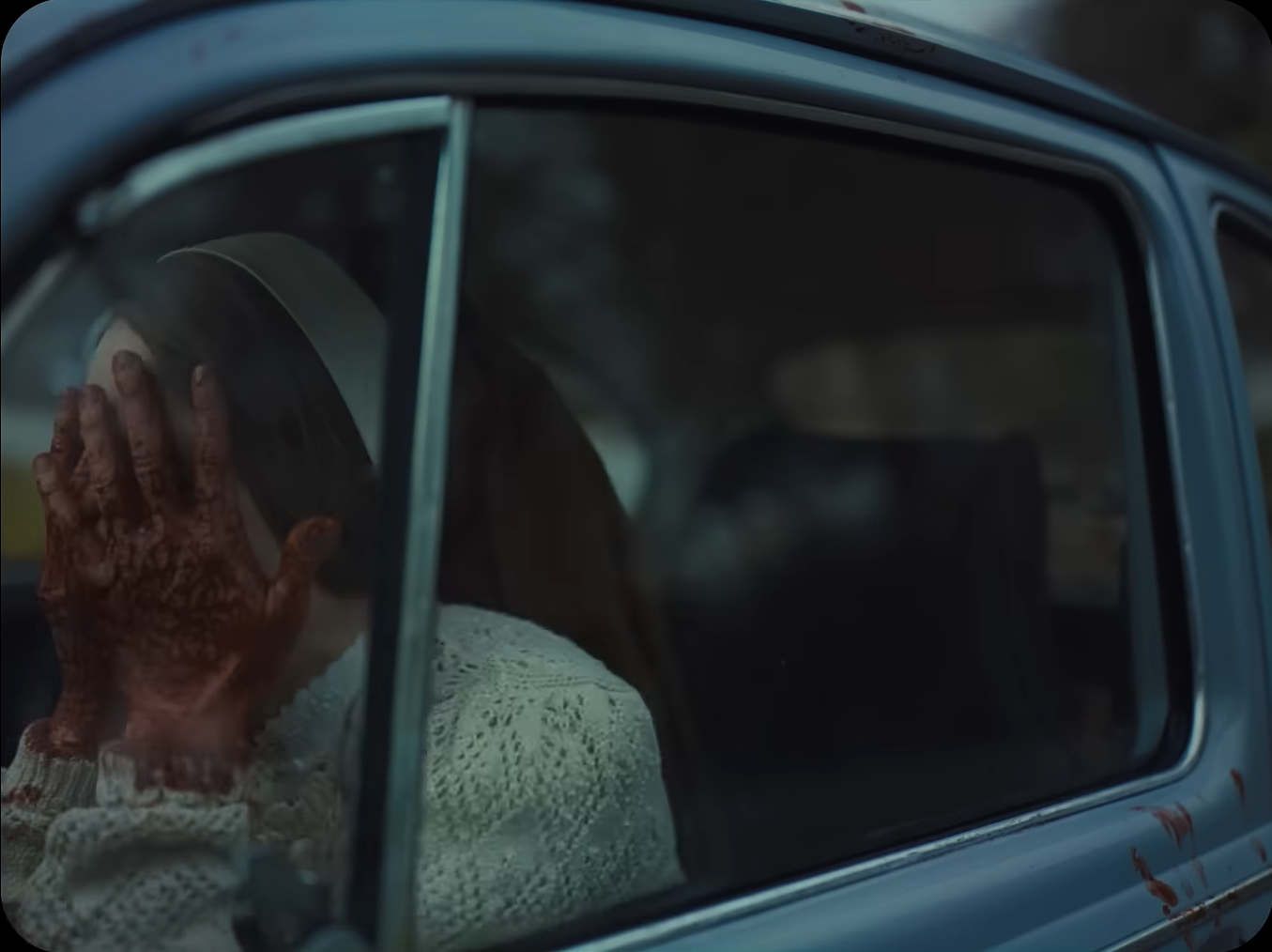
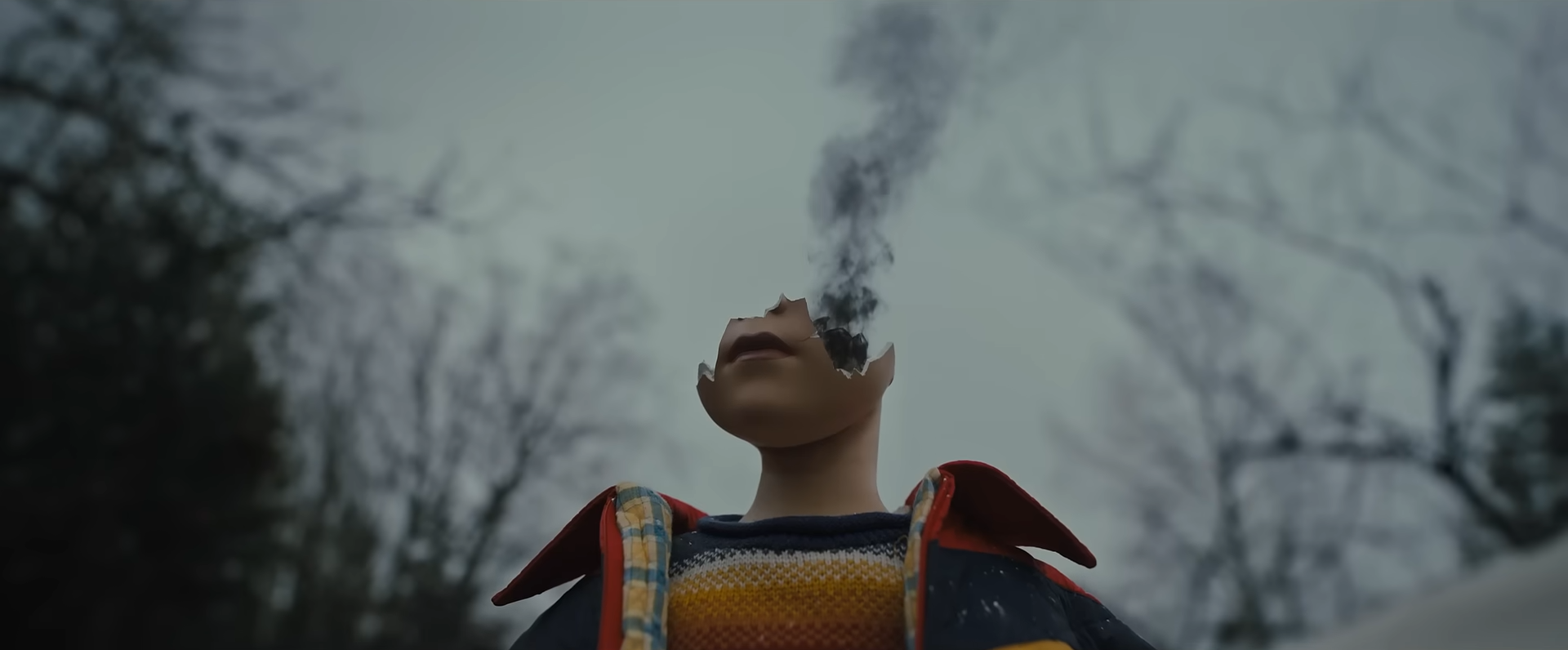
Perhaps most intriguing of all is the fact that these homicides would easily be solved if Longlegs wasn’t specifically claiming credit with his calling cards. In each case stretching back thirty years, a seemingly ordinary father snaps and brutally massacres his entire family, usually on or around his daughter’s 9th birthday. In some cases, they too commit suicide. In others, they survive long enough to be arrested. When the dust has cleared though and investigations have settled, there is nothing else to suggest that Longlegs has ever even met these victims, let alone been present to harm them. So how can one possibly catch a murderer whose guilt cannot be substantiated beyond his cruel taunts?
Perhaps it takes a police officer whose fate is already mystically intertwined with Longlegs’ to capture him, and particularly one such as Lee who exhibits signs of clairvoyance. Maika Monroe is our silent vessel for large portions of the film, fastidiously poring over occult symbols, algorithms, and Zodiac-like ciphers that link him directly to Satan, while seeking to escape his apparent omnipresence in her life. Disturbing visions and memories haunt her deeply, gradually becoming more aggressive in smash cuts that formally deviate from Osgood Perkins’ otherwise measured pacing and long dissolves, and each time returning us to a boxier aspect ratio that drastically narrows our field of vision.
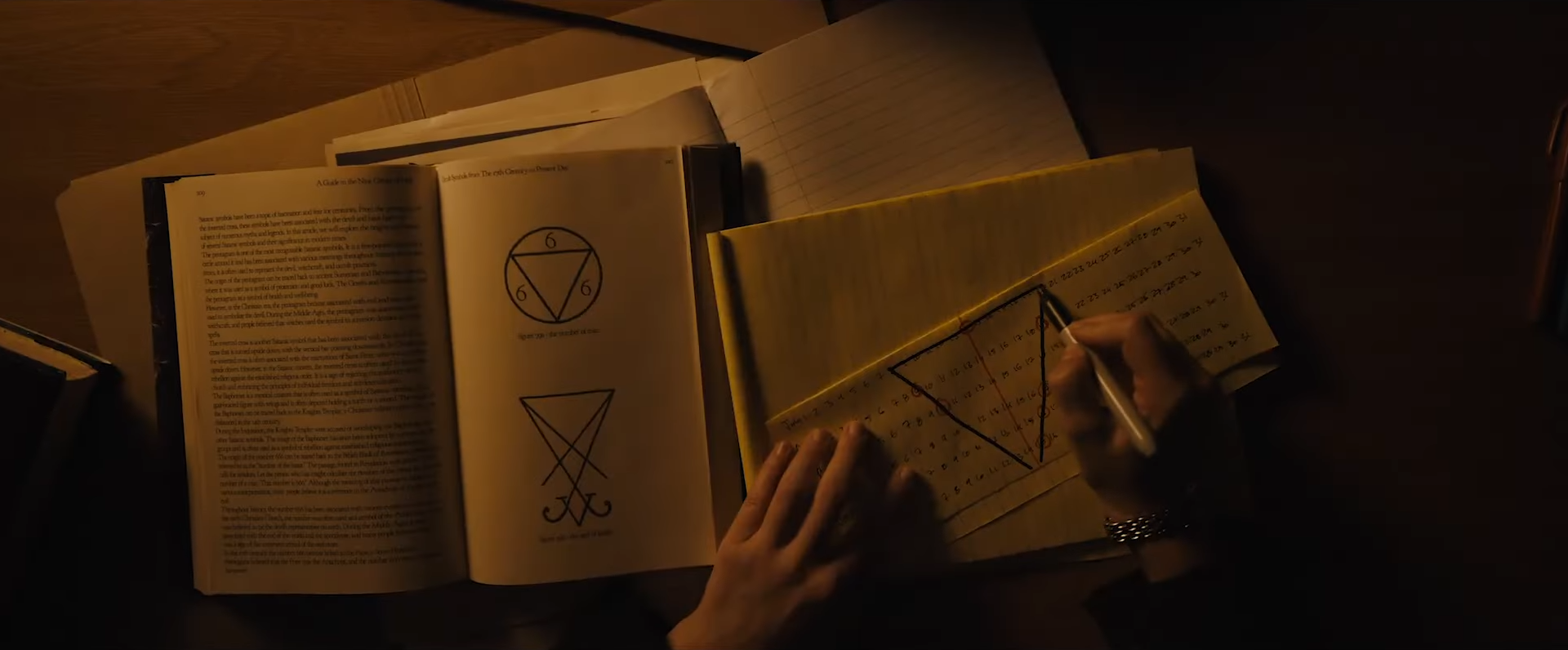
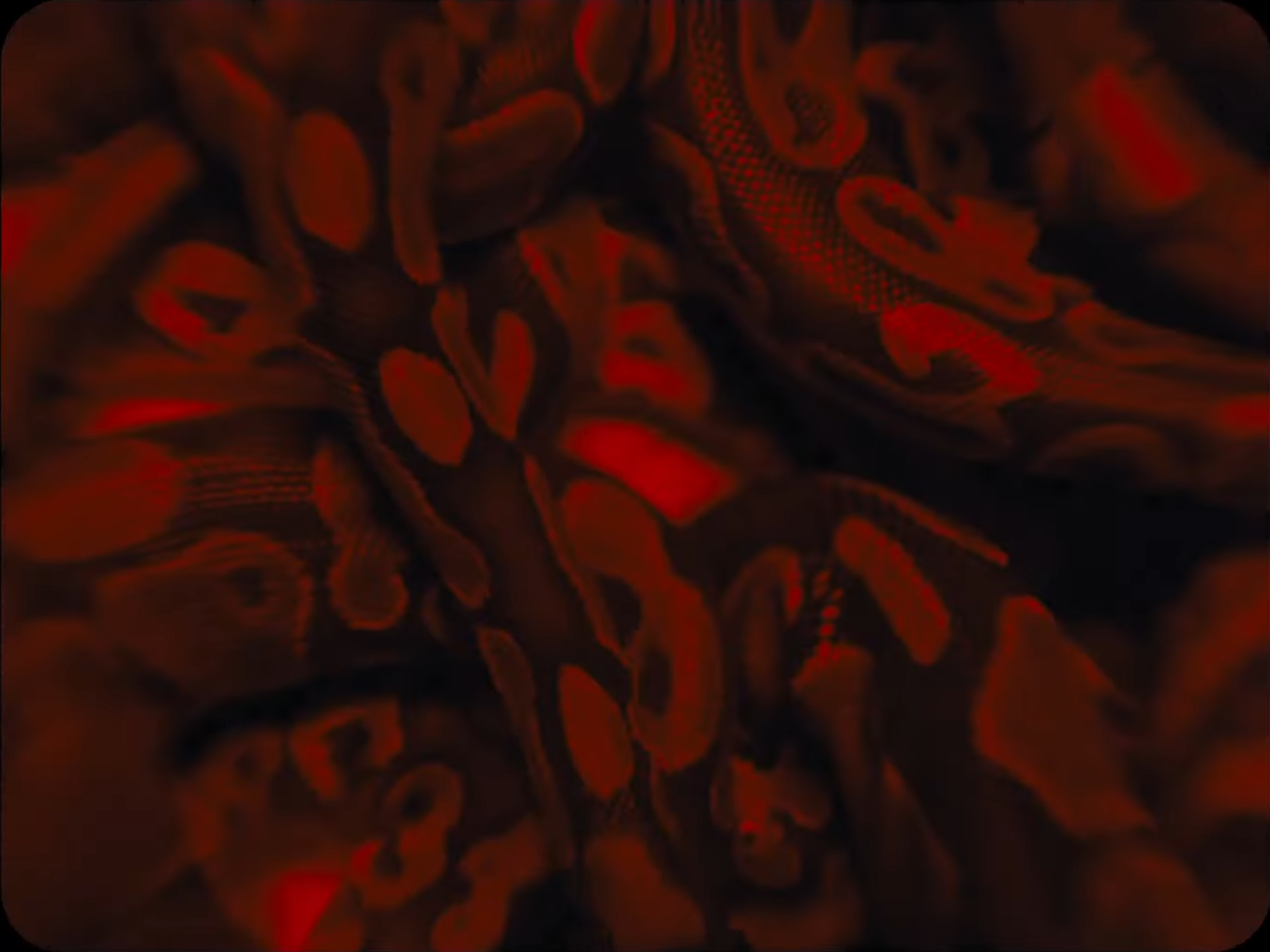
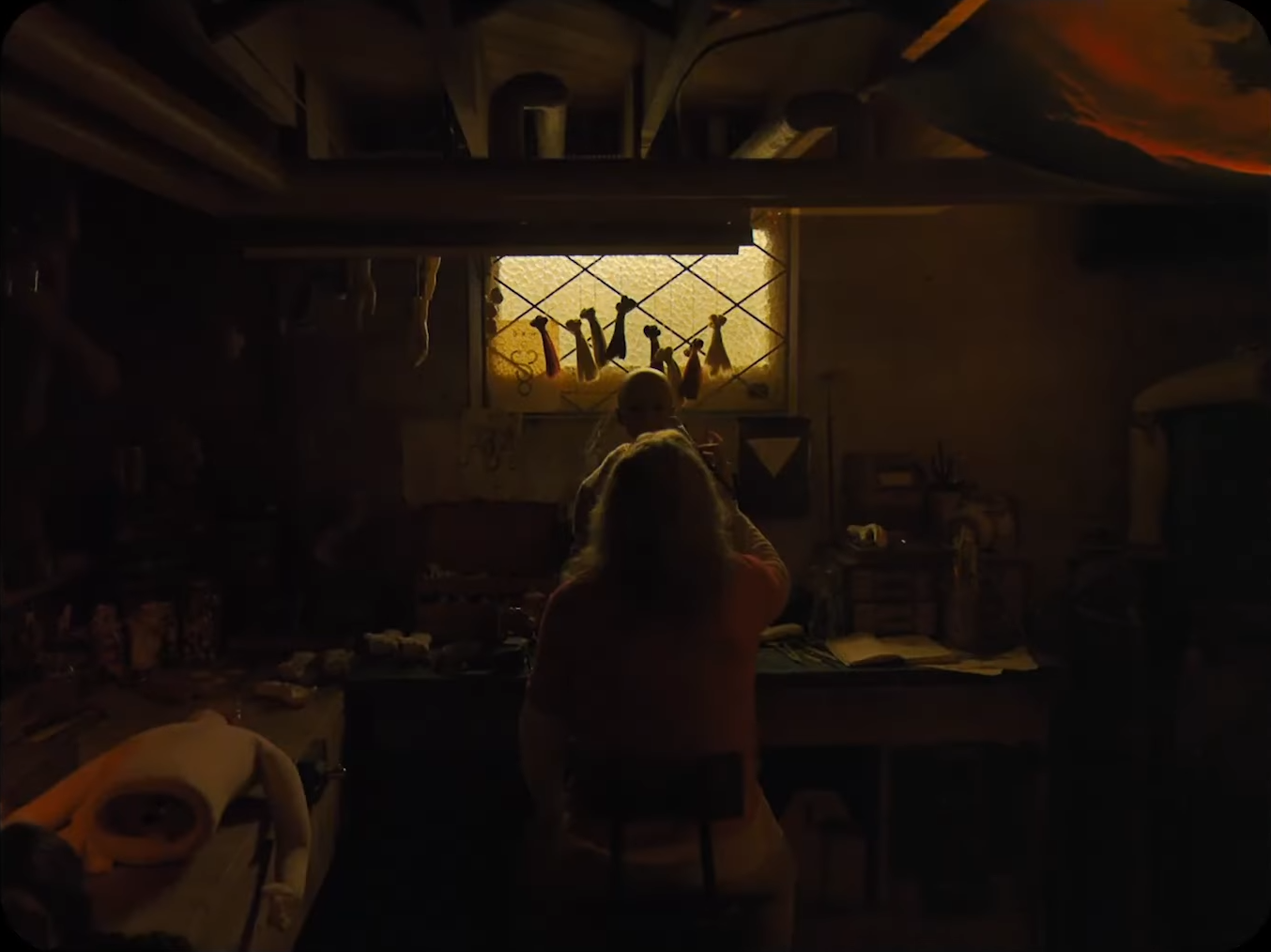
The red tinting that is often attached to these hallucinations make for an admirable stylistic achievement for Perkins as well, echoing the infernal glow of Longlegs’ workshop where he handcrafts sinister, life-sized dolls. Outside of these instances though, he far more frequently returns to dim, yellow light sources that suffuse each setting with its own kind of dread, deepening the Fincher comparison. In Lee’s log cabin home, his camera follows her down warm, wooden corridors, suspensefully waiting for the uncanny presence she feels outside to reveal itself. Golden sunbeams similarly filter through windows of a darkened barn she later investigates with her colleague, while even the police station where she works is saturated with a murky ambience from fluorescent lights.
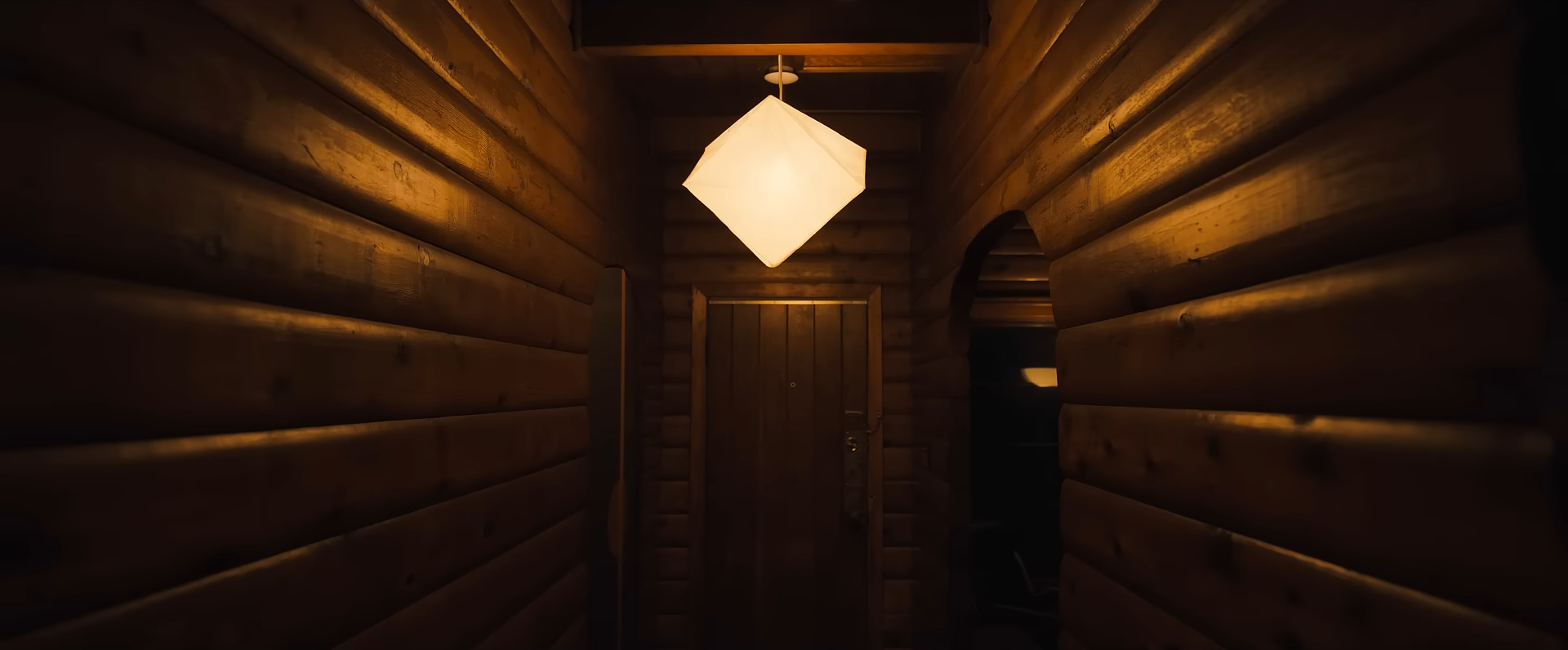
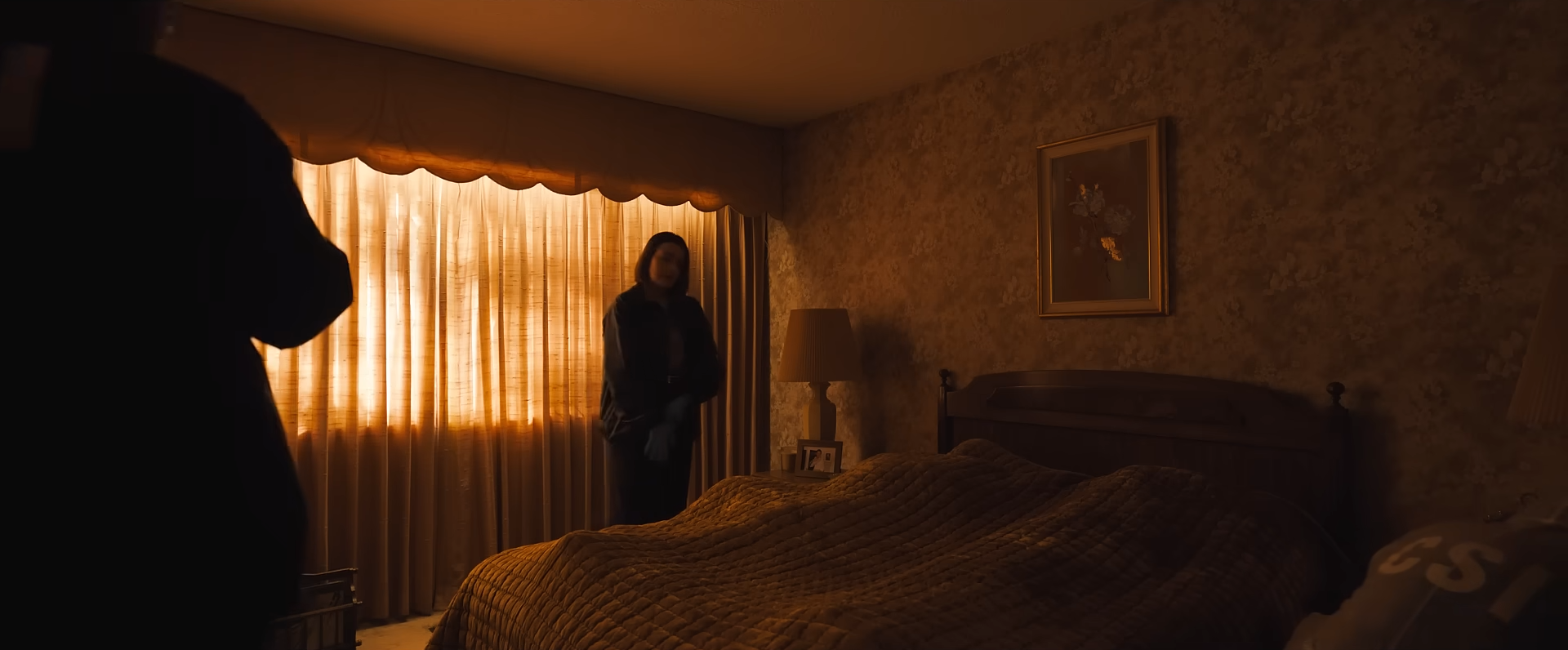
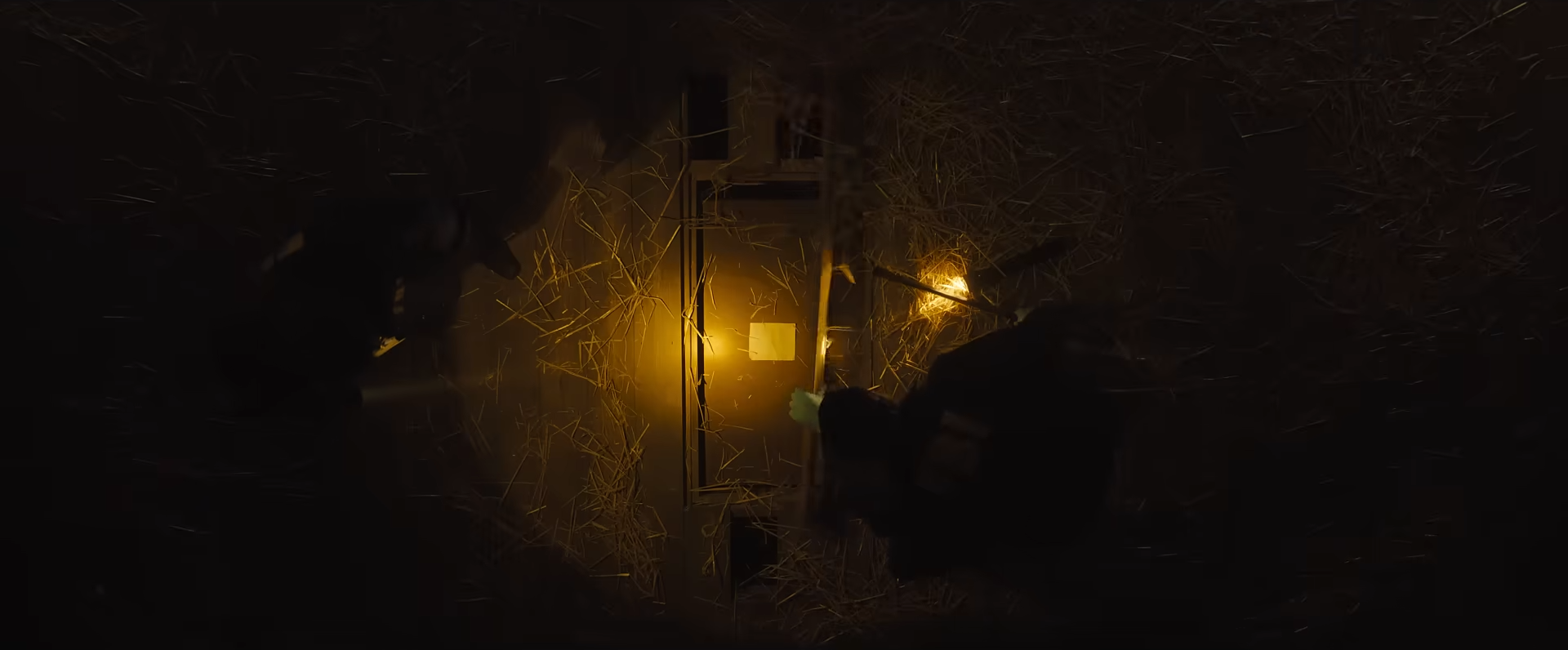
It is in the interrogation room of that final location where the much-anticipated meeting between Lee and Longlegs finally takes place, borrowing visual cues from The Silence of the Lambs as the camera forges an intimate connection with Cage. Perkins no longer obscures his face, but rather frames it peering right back at us in close-ups, unlocking the mystical connection which binds our protagonist and villain together in spiritual damnation. Evil may dwell in the dark corners of society, but as Longlegs carefully paints out, humanity’s greatest horrors can easily breach the sacred boundaries that we draw around own homes. Maybe it is a freak possession which will one day prompt our loved ones to suddenly destroy us, or perhaps that malice has always lurked under an innocent façade, justifying its existence through a hideous, corrupted sense of self-preservation.
Longlegs is currently playing in cinemas.


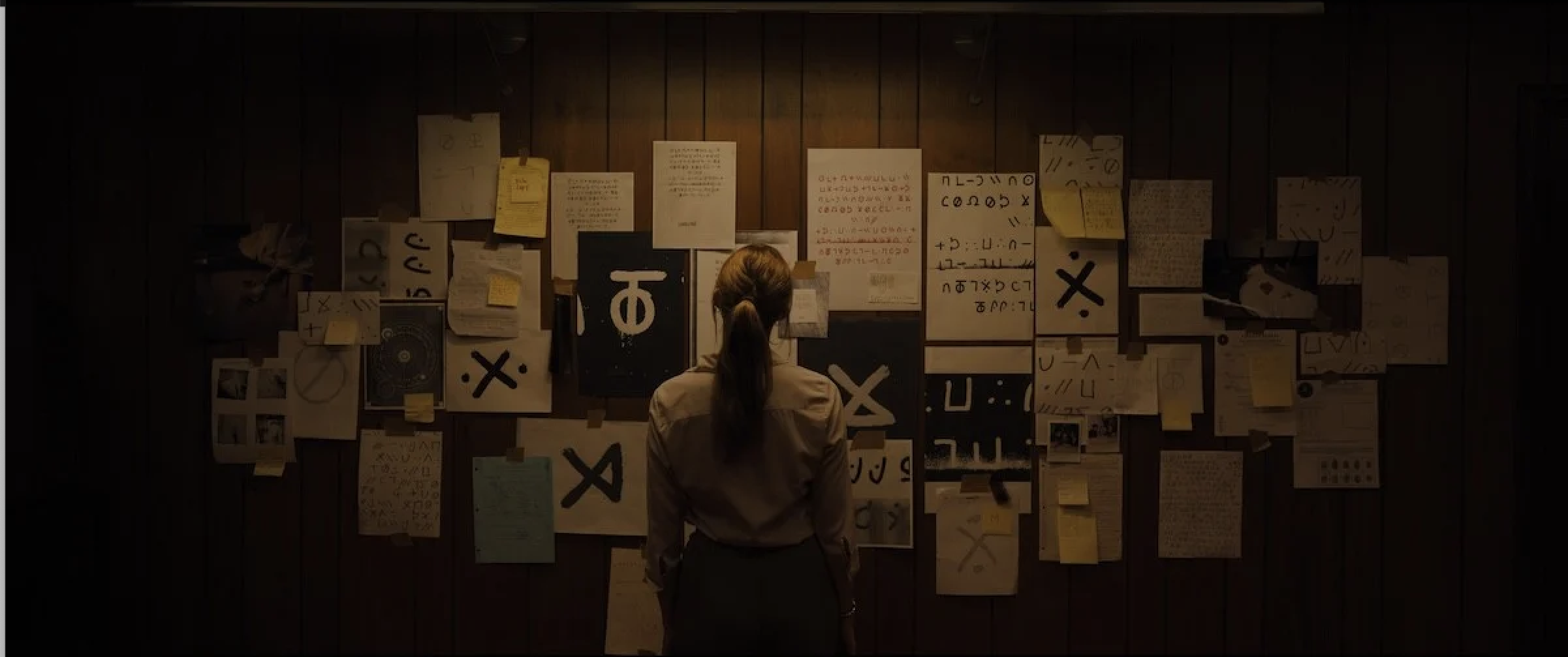
Did you see Maxxxine?
Yes I just caught it a couple of days ago, I will have a review coming for that at some point.
Pingback: 2024 in Cinema – Scene by Green